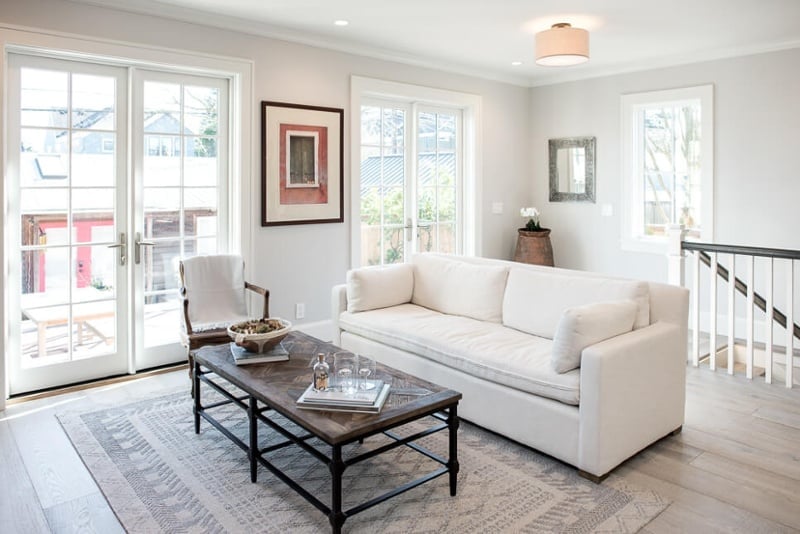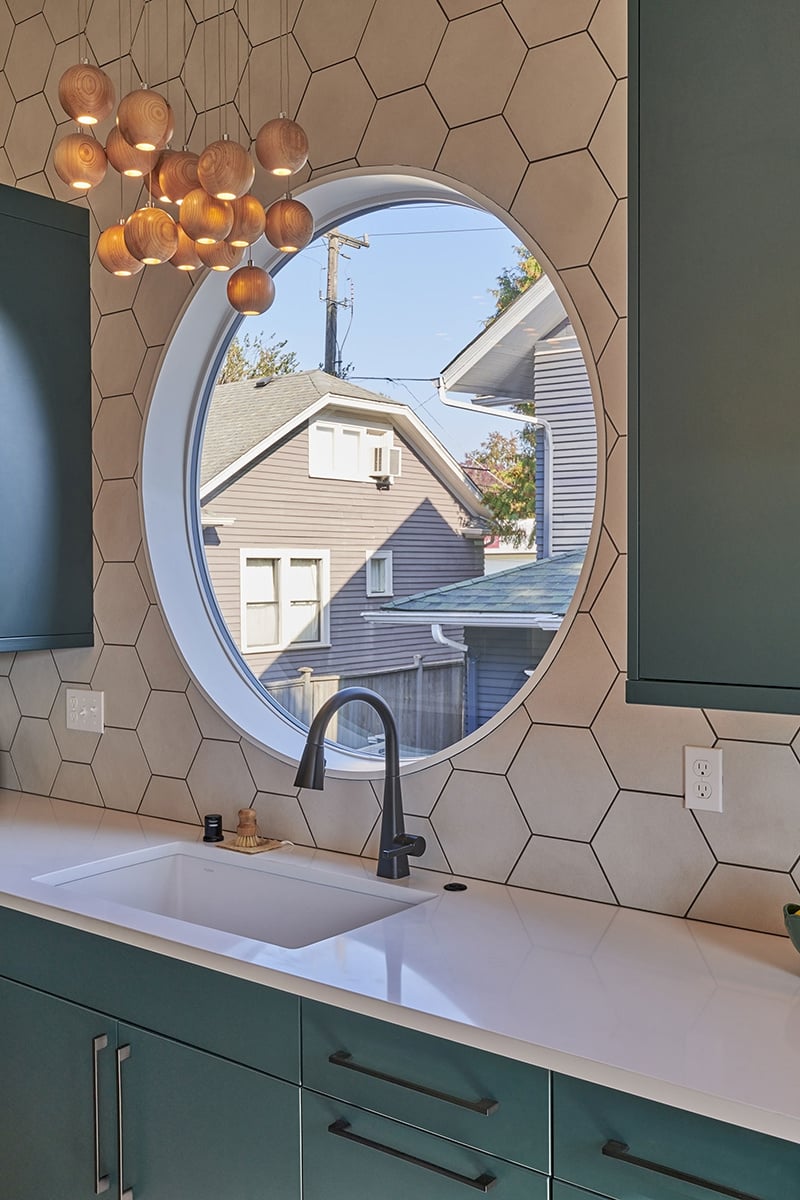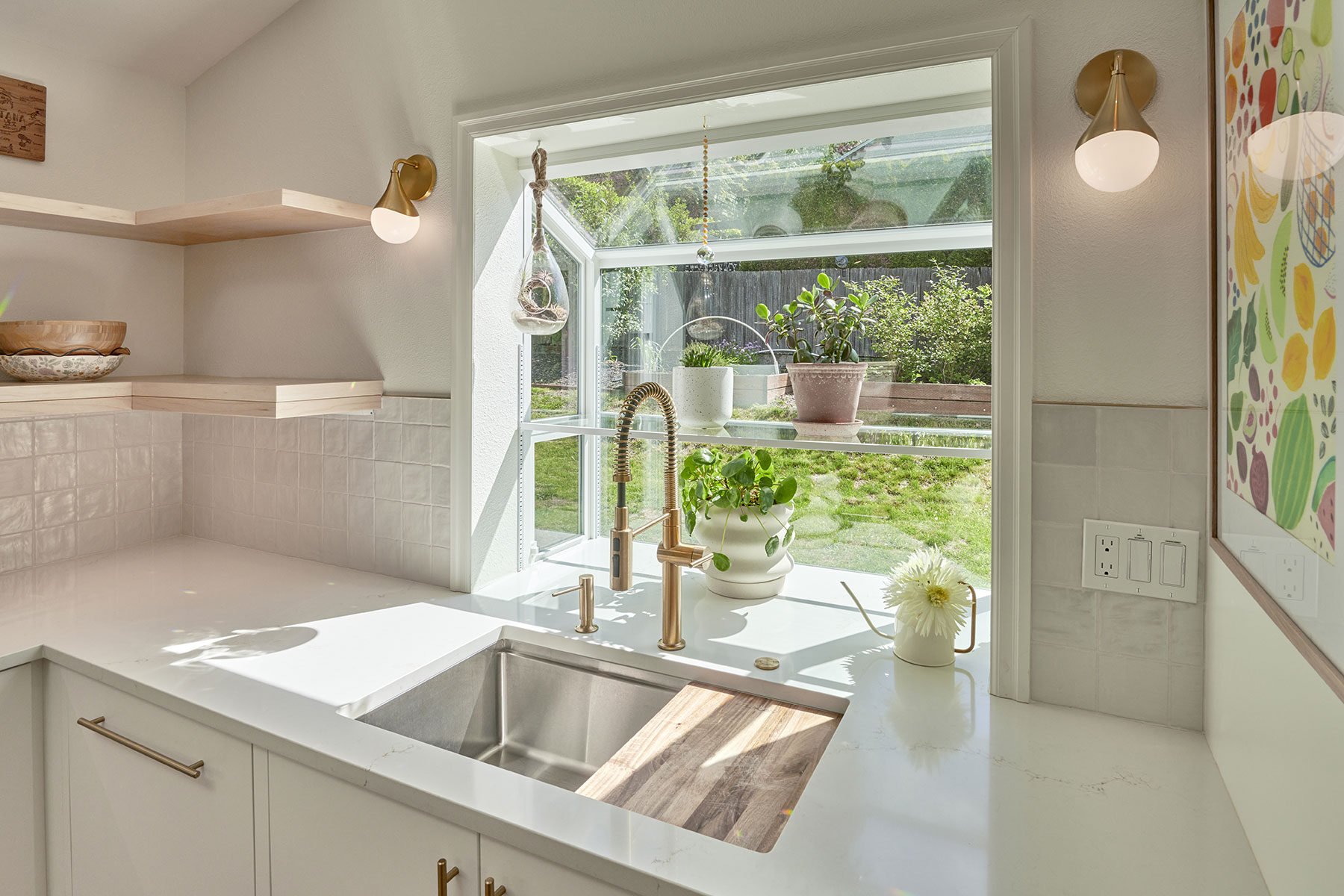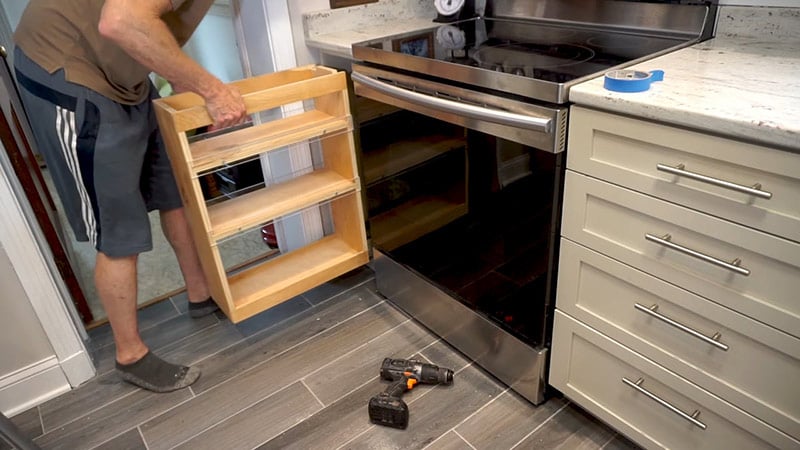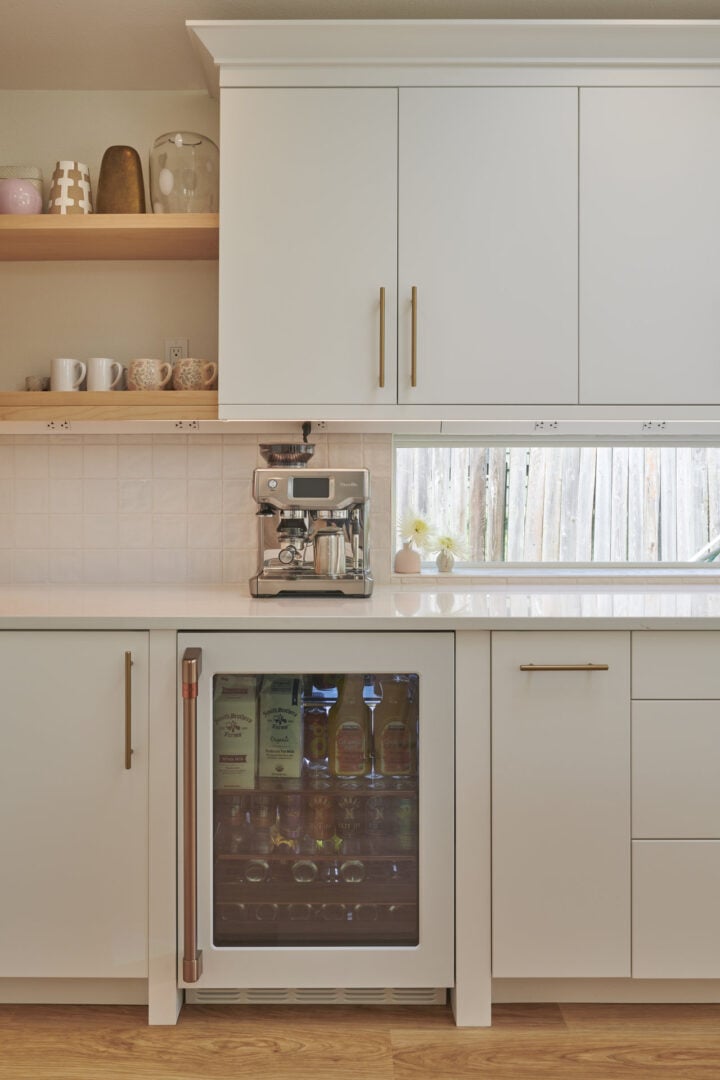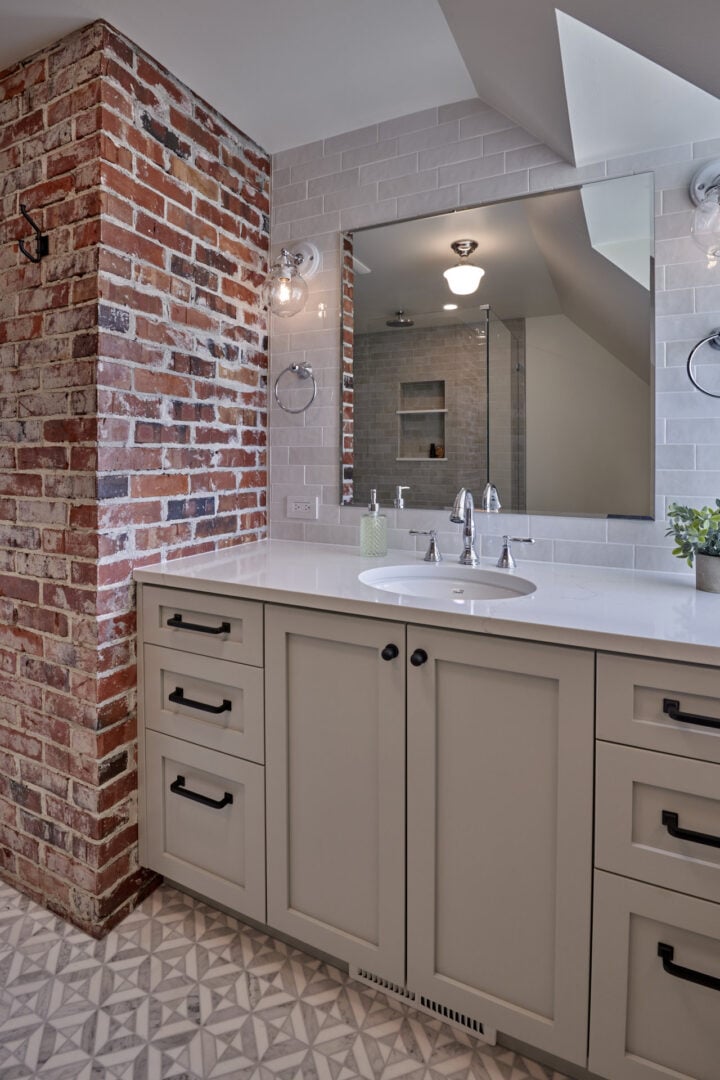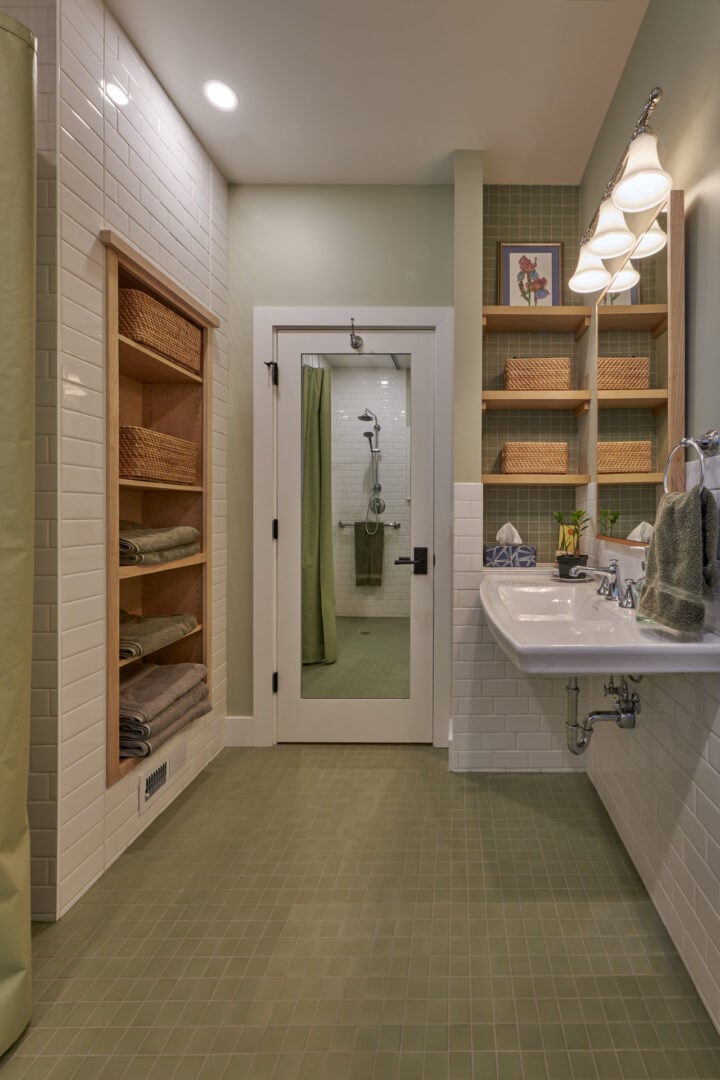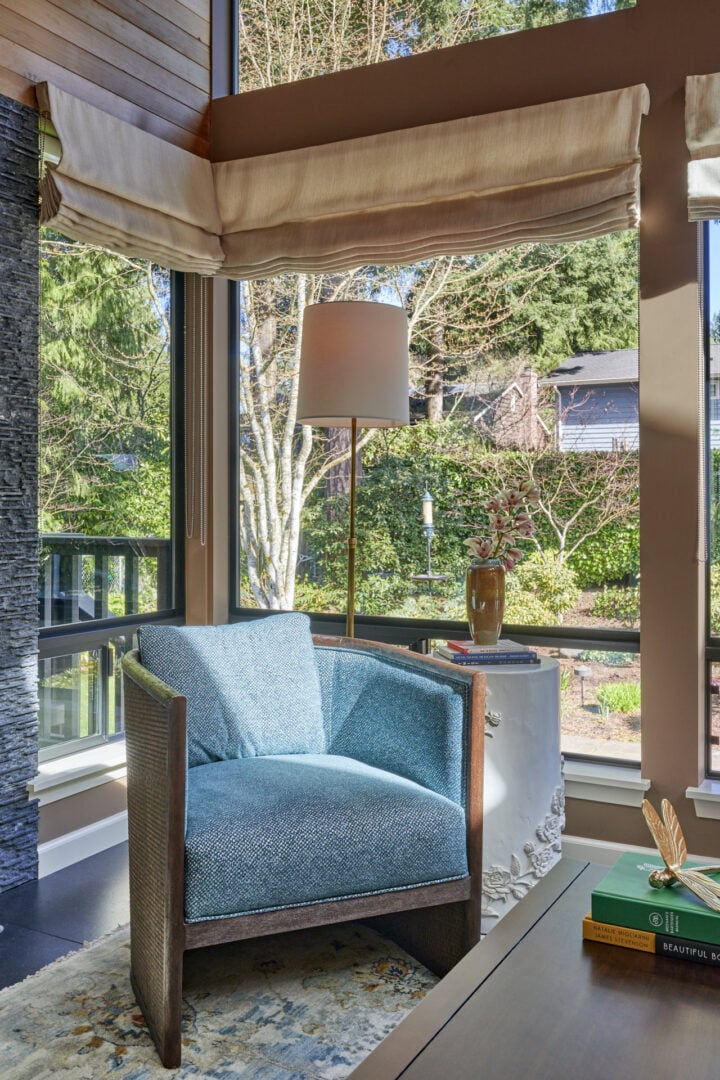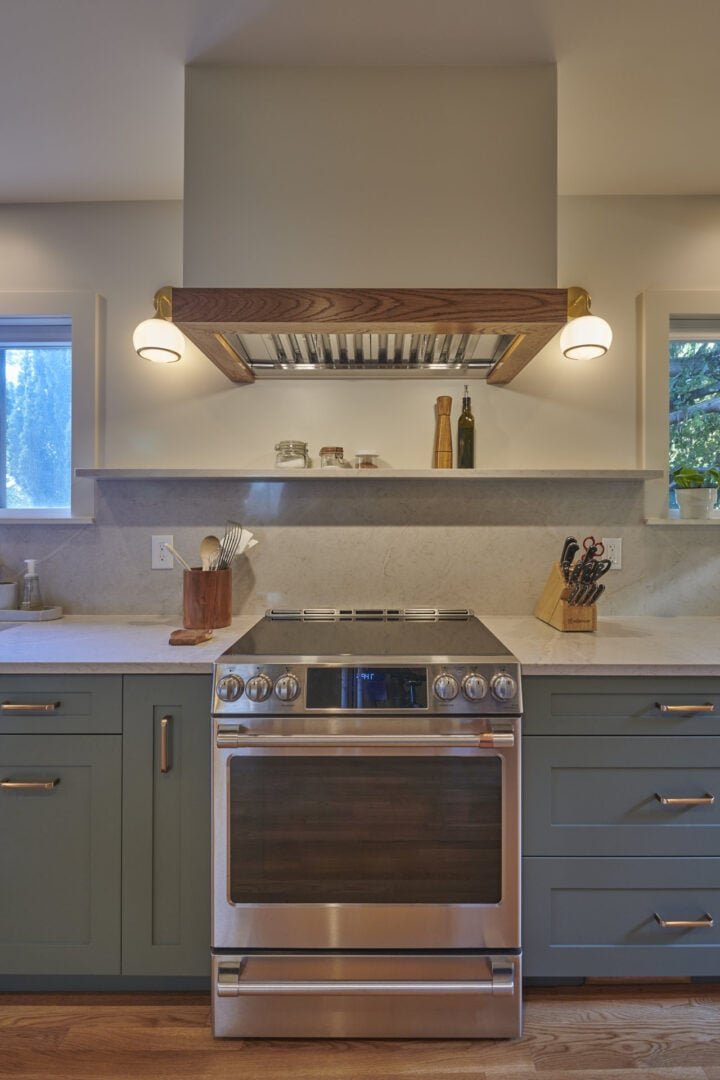Windows bring in natural light and give you a view of the outdoors. But window placement is crucial for maximizing these benefits, keeping your home comfortable and enhancing curb appeal. The question of window placement comes up constantly during the design of a major remodel or addition. If you’re planning to do either of the above, or are in the process of designing a new home, we recommend getting familiar with the basics of window placement—because windows are expensive to move or add later if you get it wrong.
Our team of experts created this guide for you to shed some light on the window placement concept. Let’s jump in!
Exterior Window Placement
Achieving a balance between interior and exterior aesthetics is key to thoughtful window placement. It’s often best to start with the exterior of your home, especially the front-facing side as it impacts curb appeal the most. On the other hand, when it comes to exterior window placement, the back and sides of your home are less critical and the concerns of indoor placement take precedence.
Get the Ratio of Glass-to-Wall Right
One essential aspect of good window placement is balancing the ratio of glass to wall, especially on the side of your home that faces the street. I’m not talking about the sizes of individual windows here, but the percentage of your wall that’s glass. Aesthetically, too much or too little glass can appear off-balance. There isn’t a hard and fast rule; rather, we recommend that you let your sense of proportion be your guide. You want enough glass to capture a great view while maintaining the visual harmony of your home.
Window Orientation: Landscape vs. Portrait
Next, choosing a consistent orientation is crucial in selecting window placement. Most homes benefit from having most windows oriented vertically or horizontally (like a portrait- or a landscape-style photograph). Portrait orientation is often the best choice for traditional homes with a second floor and a gabled roof. Similarly, landscape orientation typically works well with low-slung house styles and modern designs. The important thing is to choose one orientation or another and stick with it.
It’s also worth noting that many traditional homes make an exception for a large picture window with a view of the backyard. The contrary orientation doesn’t affect the curb appeal of the home and the sweeping views out that window and the connection with nature are worth it.
Seek Balanced Window Proportion
No doubt your home will have windows of various sizes. Some will be large and some small, but maintaining a consistent height-to-width ratio creates a visually balanced look. Typically, each window will have a unique height versus width ratio. To determine this ratio, divide the height in inches by the width in inches.
The more you stick to the same ratio across all of your windows, the more visually pleasing and balanced your home will look from the outside. A home with a mishmash of tall skinny windows and short, squat ones may look unbalanced. This is especially true for traditional architectural styles. More modern or contemporary styles can often get away with more of a mix.
Align Windows for Visual Flow
Whenever possible, align all the windows on a wall both horizontally and vertically. For instance, the windows on your second floor should mostly be aligned with the ones on the first floor. If the top or side edges are floating and unaligned with each other, your home won’t have a pleasing look. If the alignment of every window is simply not possible due to the interior layout of your home, you can center one window with the top or bottom edge of another. Misaligned windows may disrupt curb appeal, so we always suggest aiming for alignment even if only one edge can match up.
Use Novel Shapes Sparingly
Most homes feature rectangular windows exclusively. It’s a safe way to tie your facade together. If you crave a bolder, more visually interesting look, you can incorporate a less conventional window shape, like an oval or curved-head design. If you do so, try to limit it to one non-conventional shape. Too many shapes can give your facade a disjointed, visually cluttered look.
What direction should windows face?
If you live in the northern hemisphere, we recommend prioritizing south-facing windows to maximize natural light. South-facing panes allow plenty of light into the room because the sun tracks mostly in the southern half of the sky.
Also, use energy-efficient windows to control the amount of natural light into the house. A north-facing window receives less natural light in most parts of the year(autumn, winter, and spring). Thus, it is better to install smaller west-facing windows while also keeping ventilation in mind. The use of high-performance glass can also help in controlling the amount of excess heat in the room.
Consider Your Ventilation Needs
When choosing windows, you have a choice between operable windows that open and non-operable or fixed windows that do not. To take advantage of cooling breezes in the summer, pay attention to the prevailing wind direction for your area and be sure to place plenty of operable windows facing that direction. You will also need operable windows on the opposite end of the house so the air will flow through with a cross breeze.
Which Side of the House Should Have the Most Windows?
To determine which side of your home should have the most windows, you have to weigh aesthetics with comfort and practicality. As mentioned above, be conscious about the orientation of your home to the sun. In more northern latitudes, like Seattle, we generally try to maximize solar heat gain in the winter, orienting most of a home’s windows toward the south. Add windows to the north side of the house sparingly, because these tend to just lose heat without warming the house at all. For windows that face the sun, try to use overhangs that will let in low-angle winter sun, while blocking high-angle summer sun that may overheat your room.
Interior Window Placement
When deciding where to place windows, be sure to factor in the interior layout as well.. A room can feel claustrophobic and dark or bright and airy depending on the design of the fenestration. In a nutshell, properly positioned windows enhance daylight, ventilation and functionality while helping to create a space that feels inviting.
See also: Parts of a Window
Capture the perfect views from your living room
Most homeowners choose to install their biggest window in the living room.. However, use your best judgment and avoid placing oversized windows in areas that overlook unsightly views, like an alley.
Kitchen Window Placement
The kitchen is often the most challenging room when it comes to window placement because the upper kitchen cabinets compete for wall space. If the only spot for a window is above the kitchen sink, choose a casement or fixed window design because it will be difficult to open and close a double-hung window in that spot. We also recommend that you avoid placing a window above the cooktop. Grease can splatter on it, heat can shatter it and breezes from it can blow out a gas flame.
What height should a window be from the floor?
Traditionally, the bottom of a window is spaced three feet above the floor. This allows the furniture in the room to be placed in front of the window. However, if you don’t plan to place any furniture directly in front of the window, you can place your windows lower to the floor. Just keep in mind that if it’s two feet above floor level or lower, you will have to use safety glass to meet safety standards.
How do you place a window in a bedroom?
The primary function of bedroom windows is to let in the breeze at night, so make sure they are operable. Depending on the size of your room and the orientation of the views, you may be faced with placing windows on the same wall as your bed. Generally, a single, high-placed window above the bed can be difficult to access (to open and close the shades and the window itself), and it may be too high to offer any views, so two smaller windows flanking the bed may be the preferred approach.
General Dos and Don’ts for Window Placement
Do
- Place opening windows where they will catch prevailing breezes.
- Use special glass coatings on south- and west-facing windows to prevent your room from overheating. Different coatings on north-facing windows can help reduce heat loss and control sunlight.
- Consider replacing old, drafty windows with new windows as part of any remodeling project to improve insulation and efficiency.
- Use frosted glass in a shower, where you need privacy but can’t hang window coverings.
Don’t
- Forget about ventilation. Position opening windows where they will face prevailing breezes and optimize airflow through your home.
- Overlook the curb appeal of your house and exterior window placement. Windows that are unaligned can give a haphazard appearance.
See also: Window Replacement 101
